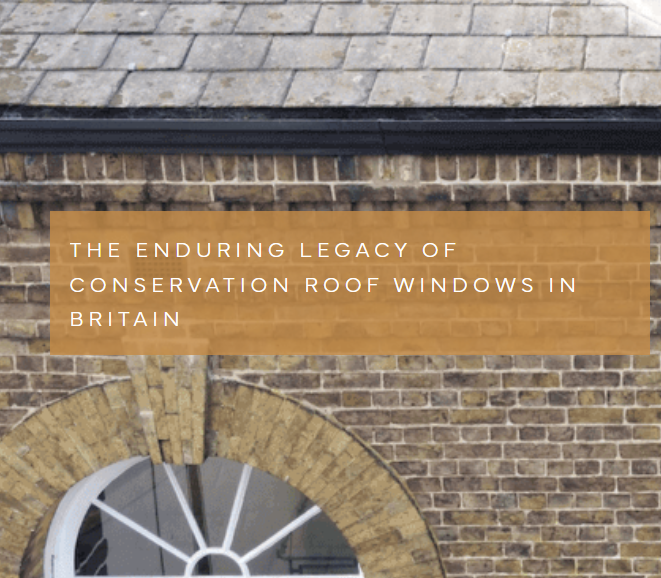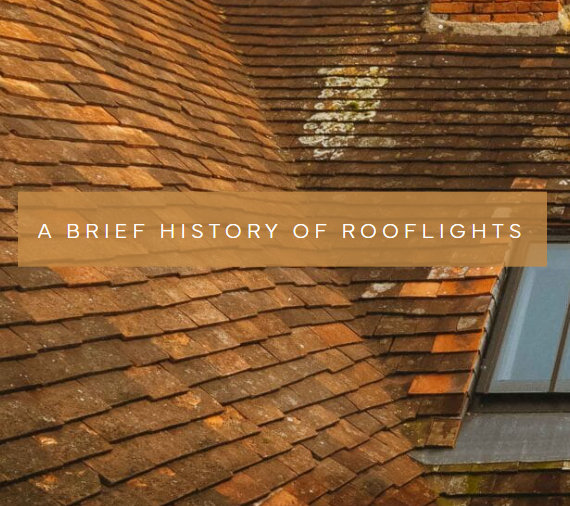Our buildings play an essential part in providing shelter and protection for an integral part of our ecosystem, the 18 species of bat that live in the UK. Creating roosting spaces for bats is an important conservation action as all UK species are known to roost in buildings, with some species relying on them more than others.
People have been sharing their homes with bats for thousands of years. UK bats don’t construct their own roosts, so are often reliant on man-made structures that are already available to give them a suitable habitat. Land development caused a decline in bat numbers, but thanks to conservation work and greater awareness, these numbers are on the rise for some species.
All bats and their roosts are protected by law and it is an offence to deliberately disturb, handle or kill bats. The potential fine for destroying a roost is £5,000 per bat, or six months in prison. Any structures that bats use for shelter are protected from damage or destruction, whether they are occupied or not. Planning authorities have a legal obligation to consider whether bats will be affected by a proposed development and this legislation should be incorporated into their planning policies.
Taking bats into consideration before starting any work protects you from prosecution, whilst also minimising any costs or delays later down the line. Having bats doesn’t mean that building work, roof repairs, pest control or timber treatment cannot take place. Your local SNCO (Statutory Nature Conservation Organisation) can offer advice on how to proceed if you suspect bats are in the area. Non-invasive checks into roost areas can be done without needing a licenced bat worker, but closer checks and any work on an existing roost should be completed by a Natural England EPS licenced worker.
There are benefits to having bats around and the presence of bats is a sign of a healthy environment. UK bat species eat insects in gardens and also pollinate flowers. They aren’t rodents so homeowners need not worry that they will nibble on timber, building materials or wires.
Bats are quite particular about where they choose to roost at different times of the year, often preferring a warm space in the summer to rear their young and a cool space in winter to hibernate. Bats often use roof areas to shelter but different bat species require different kinds of spaces.
Pipistrelle bat species will rarely enter a roof void but will use building features such as soffits, fascias, hanging tiles, gaps between roof tiles, roof lining and lead flashing for shelter. In the winter they might use cavity walls or crevices deep in solid walls. Brandt’s bats and whiskered bats are also crevice dwellers but may enter roof spaces to fly around. These crevice dwelling bats only require a small 15-20mm high gap to crawl into their roost. Serotine and Leisler’s bat don’t tend to use the roof void, preferring crevices in buildings.
Long-eared bat species prefer older buildings and will occasionally roost in the open within the roof void. During the summer they will use crevices in the roof structure and under the ridge. Horseshoe bats use buildings during the summer months but as they as poor crawlers they need roof spaces with easy flight access rather than bat boxes.
Bat Box Eco-habitats
Bat boxes are suitable eco-habitats for some species of bats. They have the advantage of offering a permanent space for bats that requires little maintenance and has good thermal properties, providing a stable microclimate. Bat boxes can be made from brick, featuring a plinth detail at the bottom to allow bats to enter and exit. They can be integrated into the façade of the building, using the same brick, fitted to a new building project or installed retrospectively. Bat boxes can be opened at the rear to allow access into roof cavities or roof spaces, or they can be embedded so they don’t impair the air tightness of the building.
Bat boxes should be placed as close to the eaves or a gable apex as possible, at least 4 metres off the ground and away from windows, door and wall climbing plants to keep the inhabitants safe from predators. Bats often use tree lines or hedgerows for navigation, so placing a box near these garden features will encourage them to roost in the box. Boxes need to be sheltered from strong winds and exposed to the sun for at least part of the day, so a south or south west facing wall is ideal.
Roof tiles can also create eco-habitats for bats. Slightly raising roof tiles by putting a small amount of mortar at the bottom of a tile to lift it up (by 20mm x 100mm), spacing two adjacent tiles slightly apart, cutting a small section out of ridge tile or placing a ridge tile on top of two neighbouring tiles are all simple ways to give bats access through small gaps whilst preventing rainwater ingress. Modified access roof tiles are also available as a more aesthetically pleasing and subtle option. The right amount of access or raised tiles should be installed to ensure conditions are suitable for bats; too many and the temperature of the space will alter, but too few and bats may get trapped inside.
In order to encourage the construction industry to create much needed habitats for British wildlife, Wienerberger offer bat and bird boxes and access tiles in a variety of styles. For more advice about the protection of bats please visit the Bat Conservation Trust website at www.bats.org.uk.



